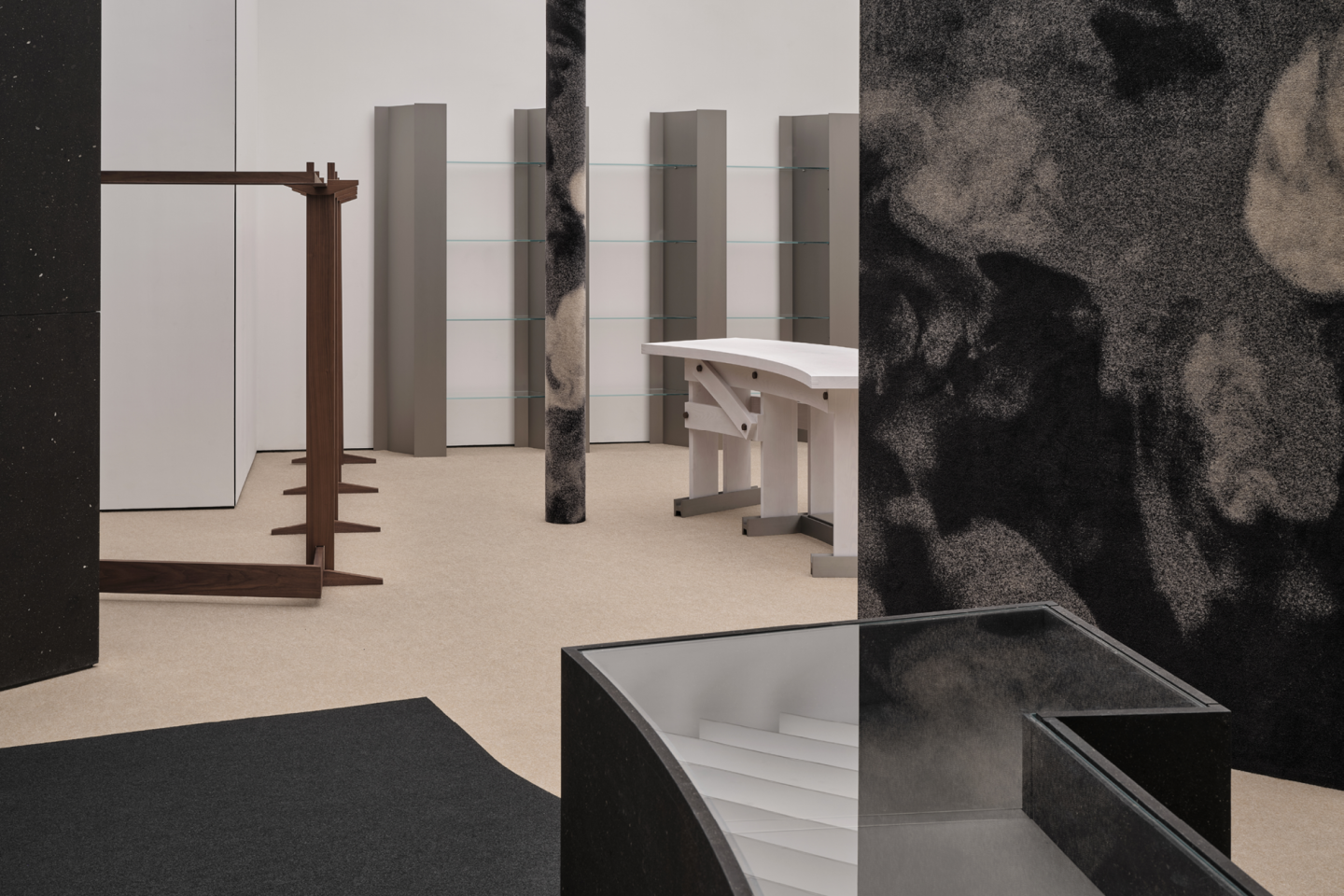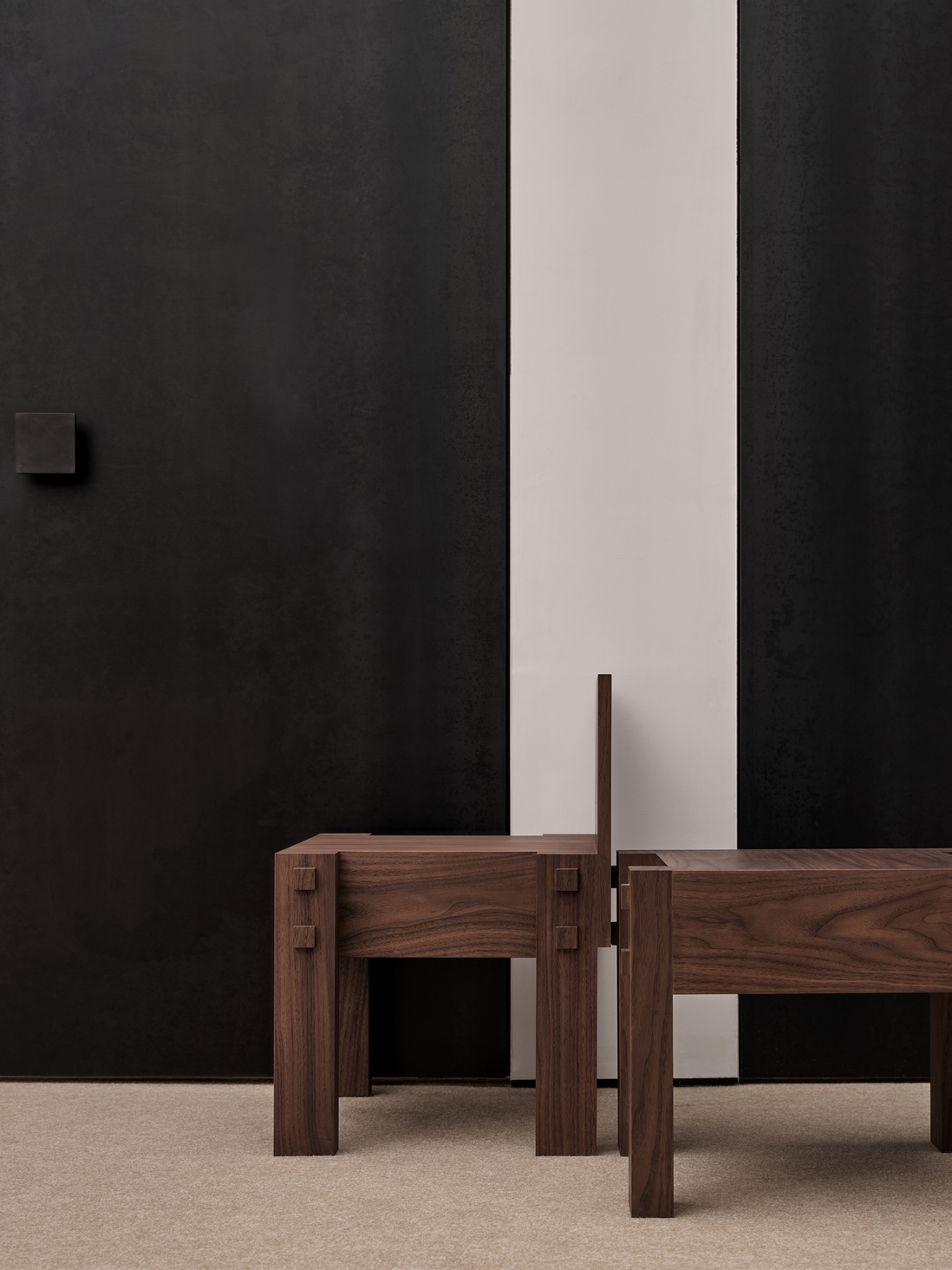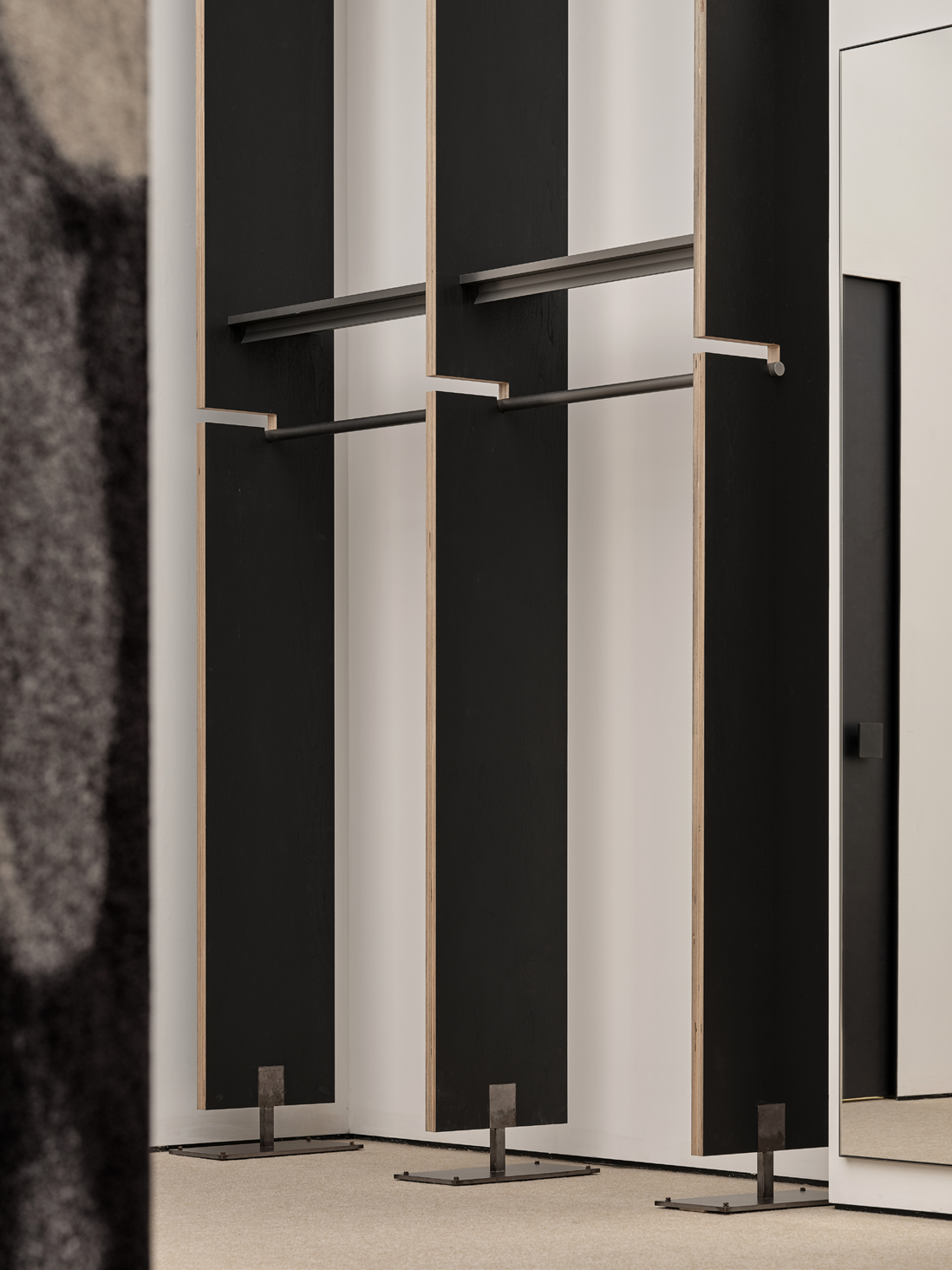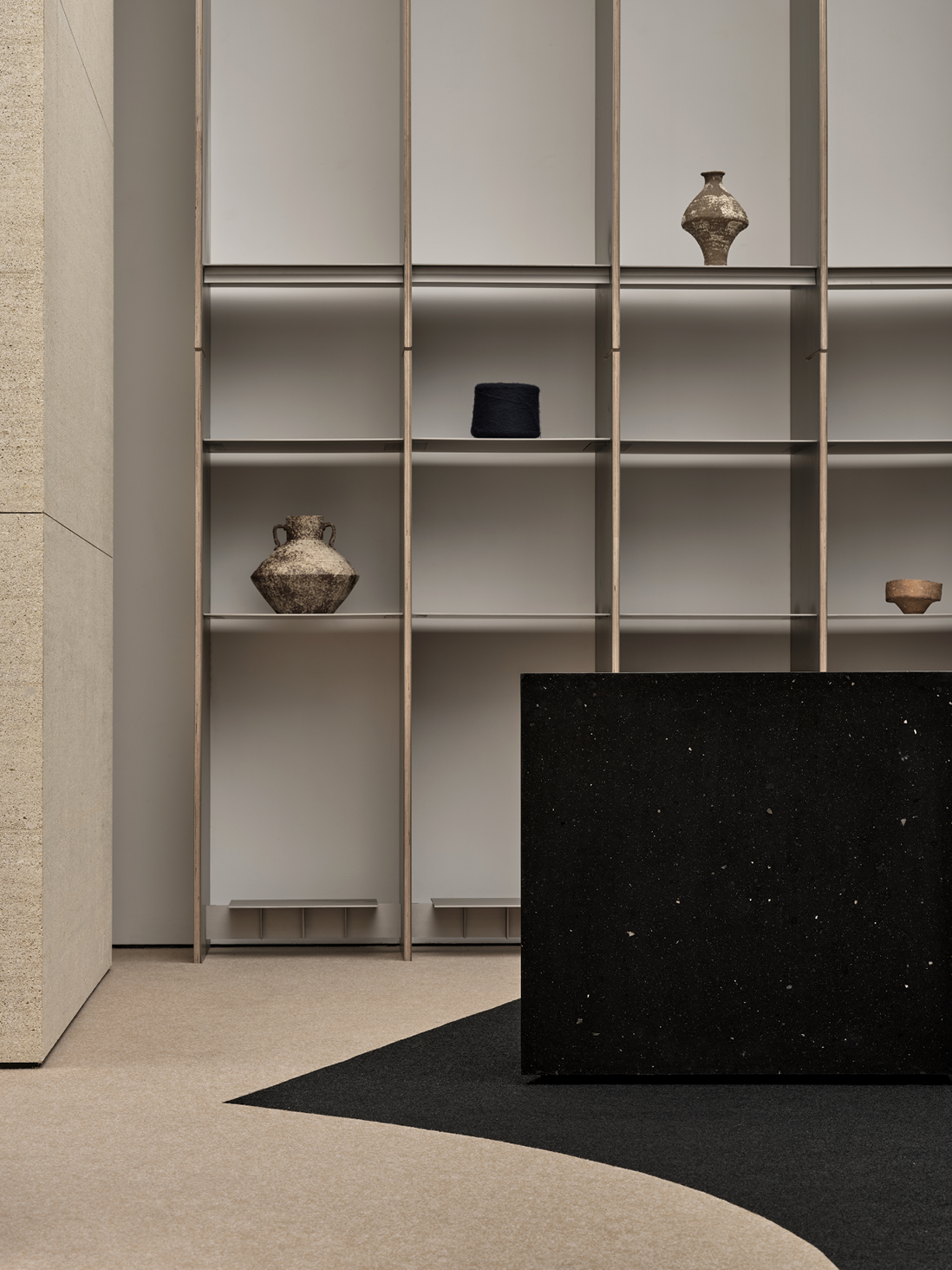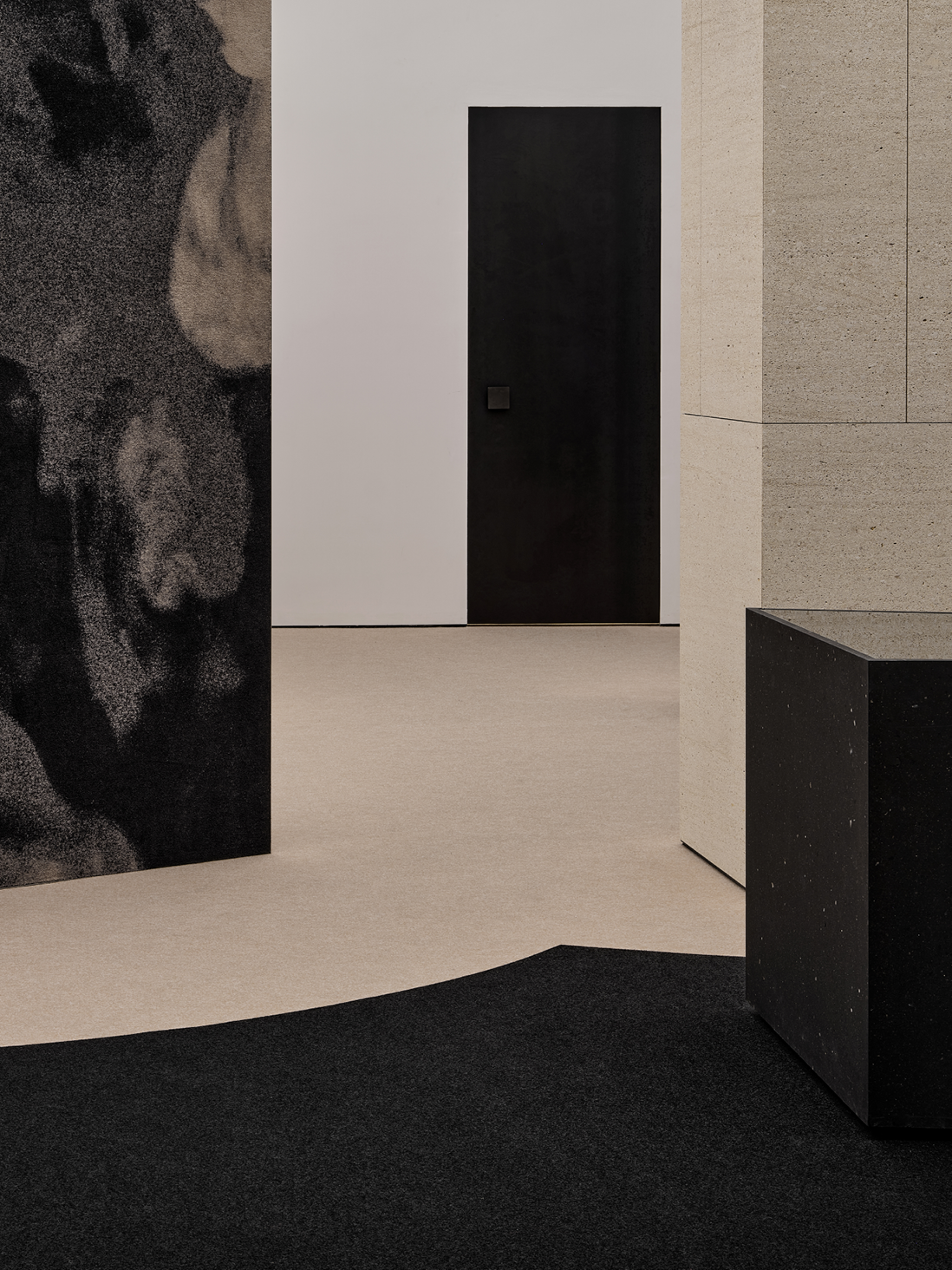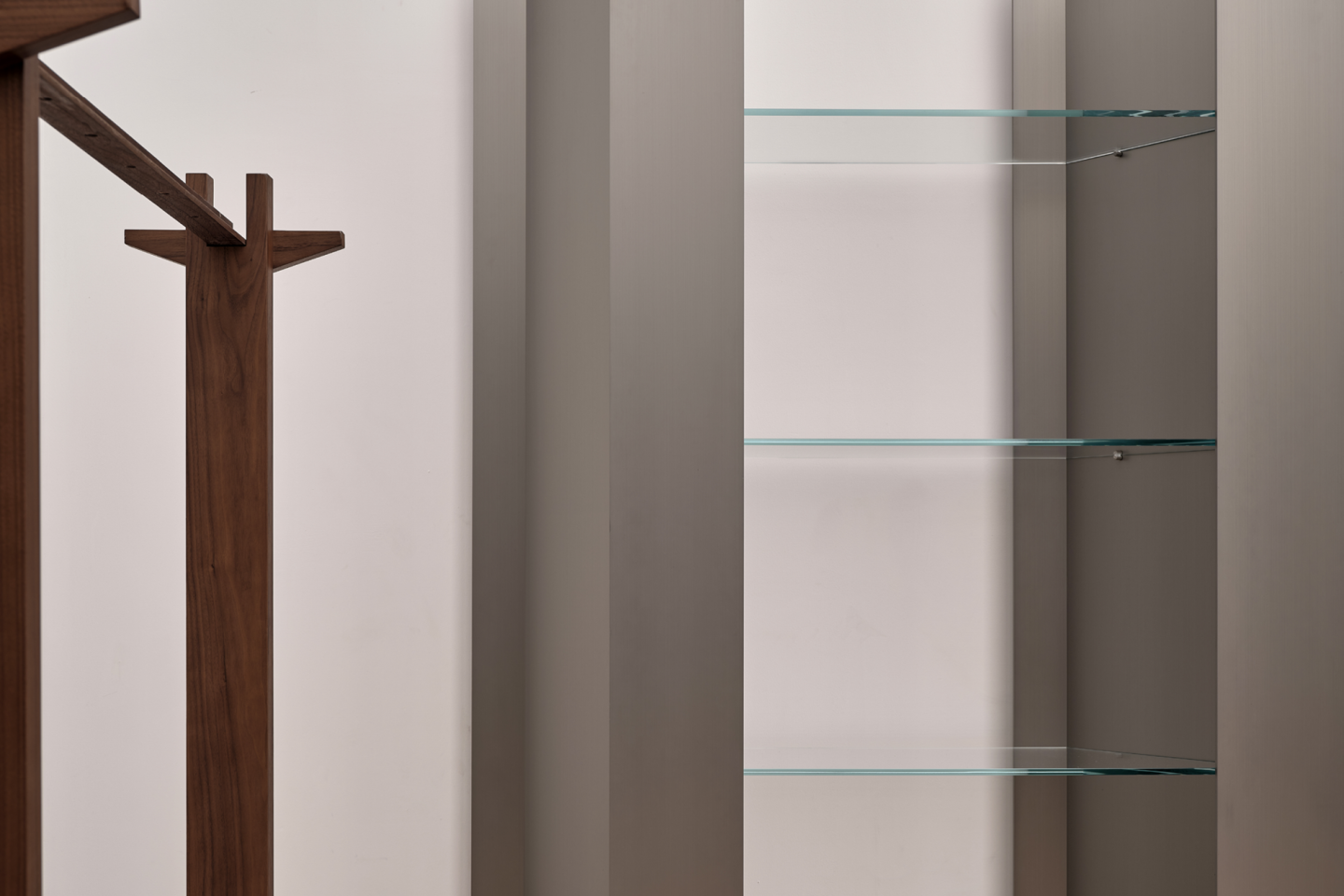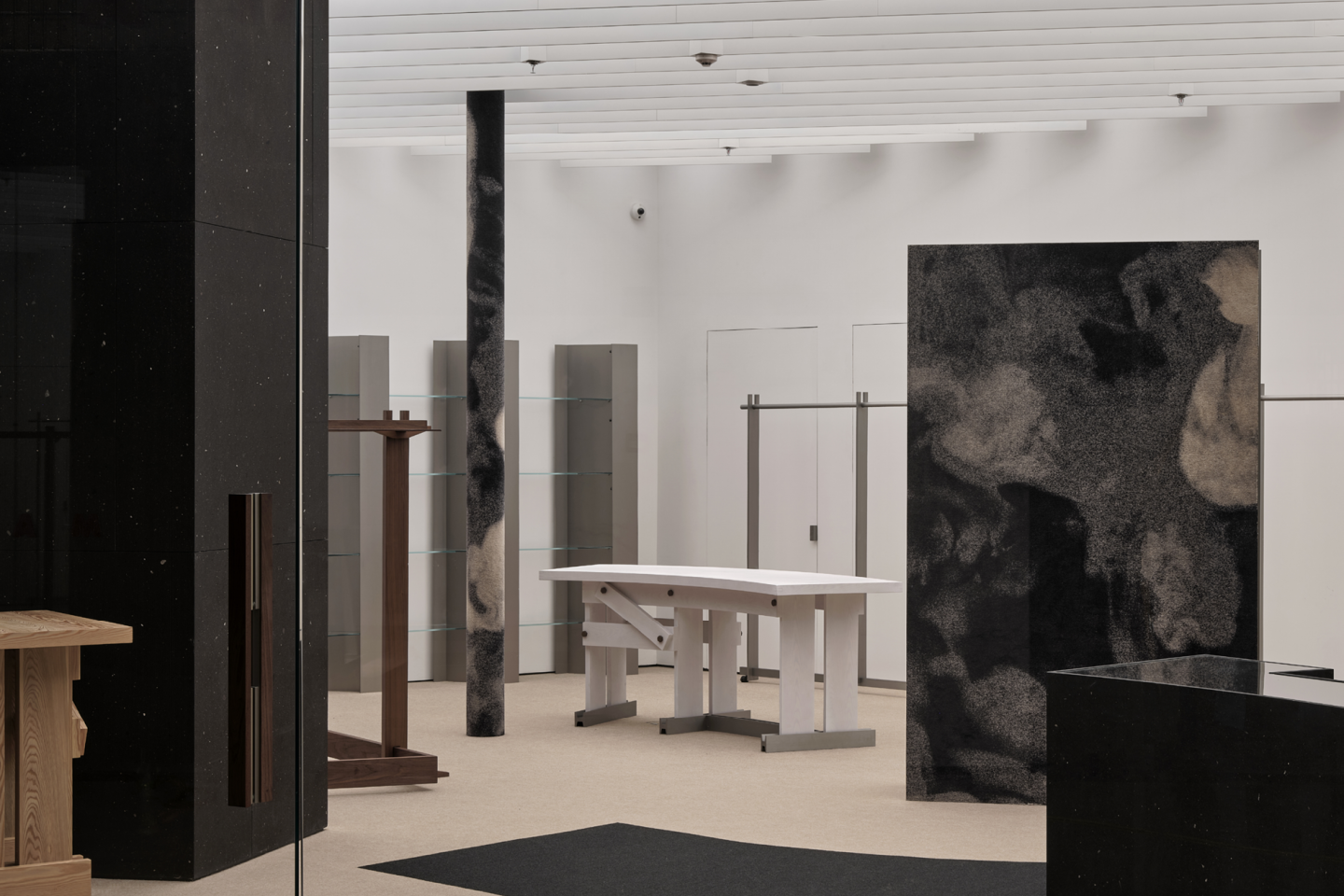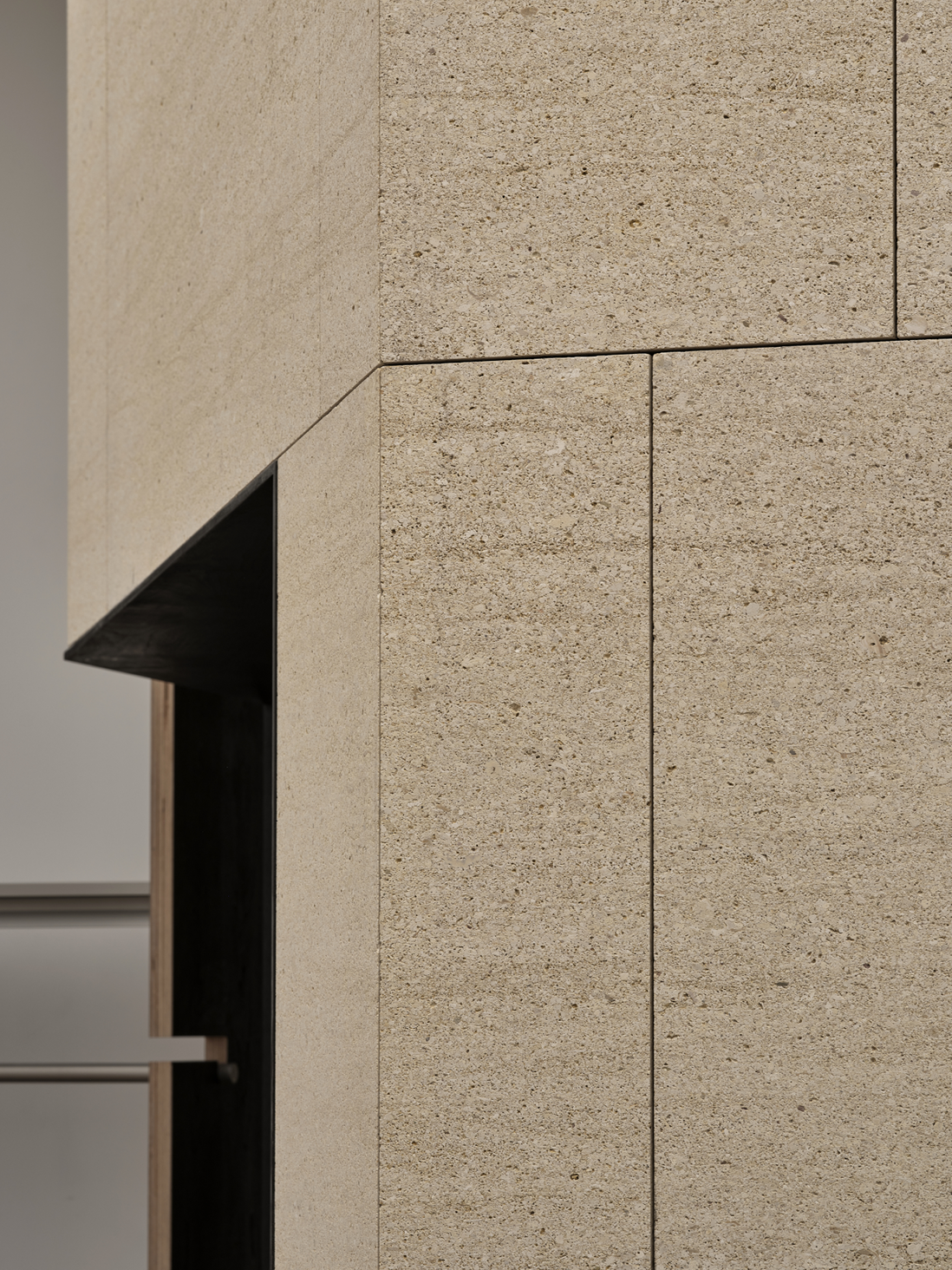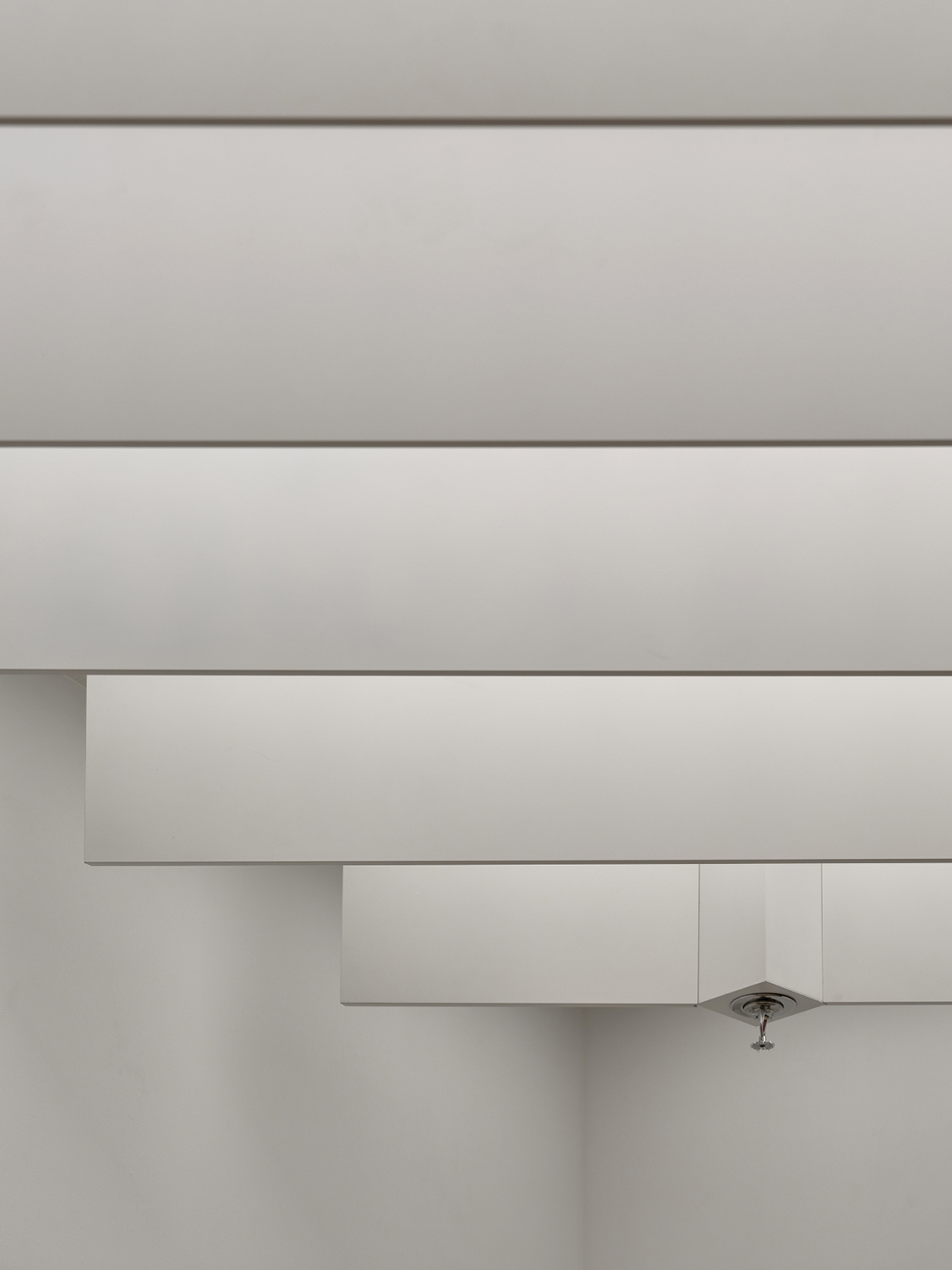Labelhood
Location: Shanghai, China
Area: 160 sqm
Status: Complete
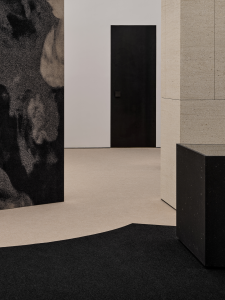
When a term becomes popular in marketing, its true meaning often gets overlooked or shallowly understood, like “experience.” Experience economy is one of the most clichéd buzzwords in the retail industry today. How do brands create a sense of experience and move consumers? How do materials, colors, light, and textures in a space combine to turn ordinary bricks and mortar into something unforgettable?
When products are combined with engaging experiences, people’s interest and desire for the products greatly increase. In the entire retail process, the biggest source of this experience is the sense of presence created by the store space. In a certain sense, space controls the rhythm of presence through various means such as color, material, layout, display, and lighting. From the first step into this space, the microphone is handed over to the space, and the carefully written story begins to unfold.
In facing space, we have always sought a balance. Function and attributes do not define design; instead, creativity and perception dialogue with the space. Through designing the third space for Labelhood, we glimpse their enduring “humanistic strength” in design along the design clues.
We see both sides of the equation in this dialogue: the commercial reality and the dream world of experience, choosing to blend them to create spaces that excite with design elements while focusing on the product. In multiple collaborations with Labelhood, a “spatial archive” has gradually been established, containing the original spatial genes of Labelhood’s unique old buildings and the new genes we have incorporated. As “close friends,” we reshape spaces with a familiar attitude, infusing regional and sustainable humanistic strength, ultimately forming a living system that, like an archive, continuously accumulates and updates.
Different styles of venues pose challenges to designers’ visual language, especially in commercial spaces, where accurately conveying brand value information is crucial. When two distinctive brands meet in the same space, how do they complete this spatial dialogue? In the design of the buyer store at Jincang Wenhua, the space seamlessly highlights and enhances each product.
From the beginning, the protagonist “cashmere and knitwear” naturally inspired the spatial design with its warmth and heft. Labelhood’s long-standing focus on new domestic designers and brands with an Oriental feel from abroad, combined with Erdos’s influence as an Oriental wool brand, quickly came to mind. To convey the elements of Oriental nature, they thought of the sand and smoke of the beacon towers and cliff caves of Dunhuang Gobi. Naturally, the colors and textures of the entire store space adhered to this texture and heft. For example, the store’s original two concrete pillars were wrapped in beige sandstone and porous black volcanic rock, and props were wrapped in knitted blankets with smoke patterns. The material choices were restrained and gentle on one hand, and the natural stone materials’ raw textures preserved by hand-craftsmanship on the other. We allowed the harmonious natural overall tones and the textures left by rich craftsmanship to coexist, echoing the “cashmere and knitwear” theme.
Besides material expression, the spatial rhythm is key to solving this project. They designed a series of installations for this space. Small-scale installations were inserted into the irregular “L” shaped space, distributing different functions throughout the space while maintaining operational prerequisites, forming small-scale clusters of props. These “pauses” created by props can be understood as rests in a musical score or scene transitions in a script. In a small-scale space where the personalities of both brands coexist, these pauses are key to controlling the rhythm of people’s experiences. The prop shapes also echo the archive-like atmosphere. When entering a store, people first feel curiosity, then understanding, and finally appreciation. This powerful emotional sequence requires space to guide as a conductor.
As the creators of Labelhood’s spatial archive, we have always followed the principle of “re-developing familiar objects as unknown territories” while retaining the brand’s original genes. In this project, the designer extracted the old store’s spatial qualities through materials, space structure, and prop details, creating a Labelhood space without the support of old buildings in a commercial setting. This is why each Labelhood space and each “spatial archive” has more enduring humanistic strength.
Today, as experience is already overflowing, we recall American writer Maya Angelou’s perfect prophecy for the experience economy era: “People will forget what you said, people will forget what you did, but people will never forget how you made them feel.” Facing the current design trends filled with “check-in” attributes, we are committed to finding a more enduring humanistic strength within the sense of experience.
“Using a gentle and non-aggressive approach, meeting and creating human needs through logic, thereby making designs that stand the test of time,” Gao Ya and Chen Peng still hope to explore more personal perceptions belonging to each experiencer through sustainable and humanized methods in spatial design. “Many contemporary designs are born out of a desire for ‘trends’ or ‘new things.’ It’s hard to find a sense of grounding when these ever-changing things are the main theme.”
Space must create a series of impressions that unfold over time for people. As people explore the space over time, the brand leads them on a multi-dimensional journey, which is a long-lasting experience.
Today, as commercial space design becomes increasingly understood, we attempt to imbue space and brands with new meanings from a perspective of pursuing more sustained and immediate perception. “That is why we are also experiencing many design forms with ‘check-in’ attributes. We hope to start focusing on another kind of design, one that is closer to nature and the long-term use by users. We will make design a keynote while juxtaposing or combining new ideas with it. It must be regionally appropriate, sustainable, and unique.”
